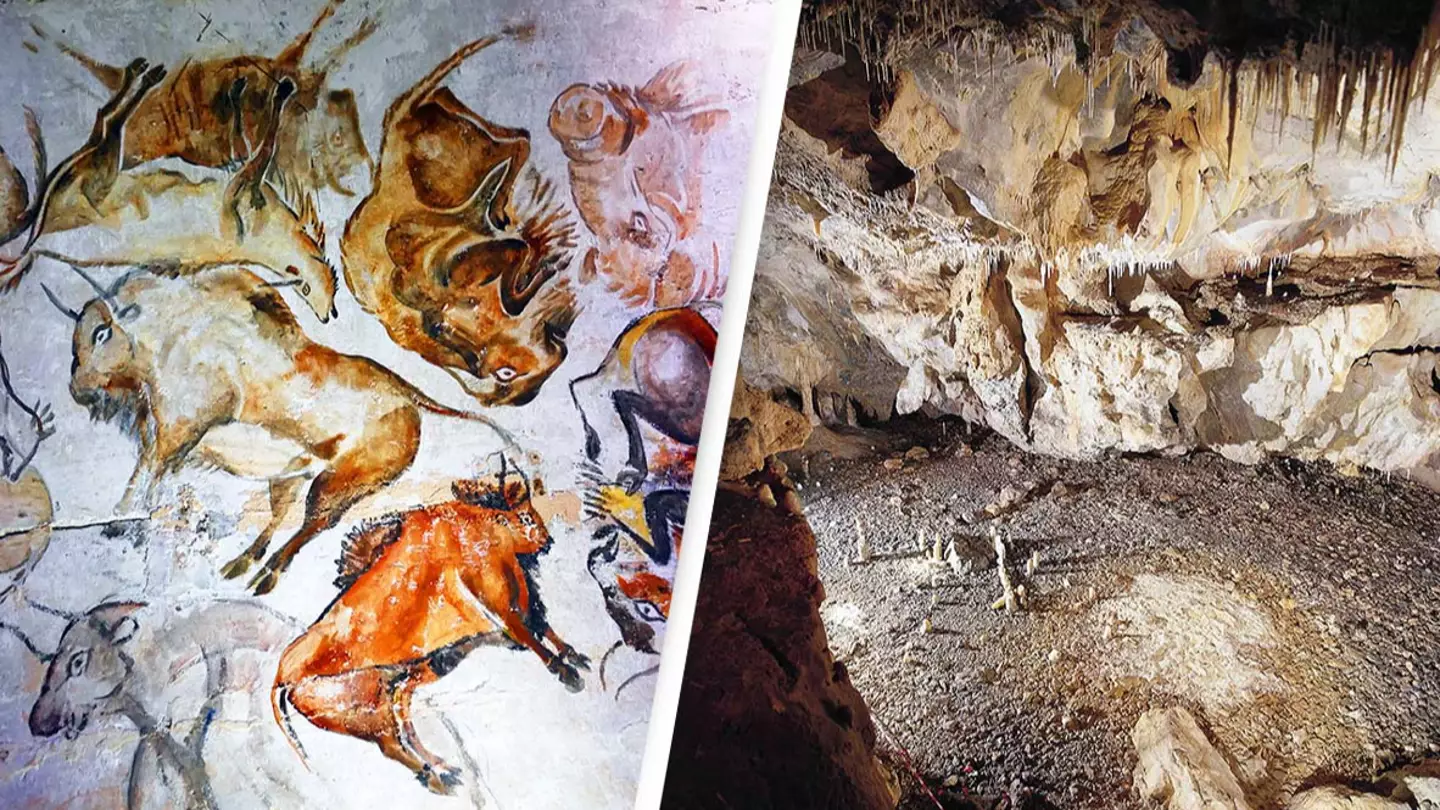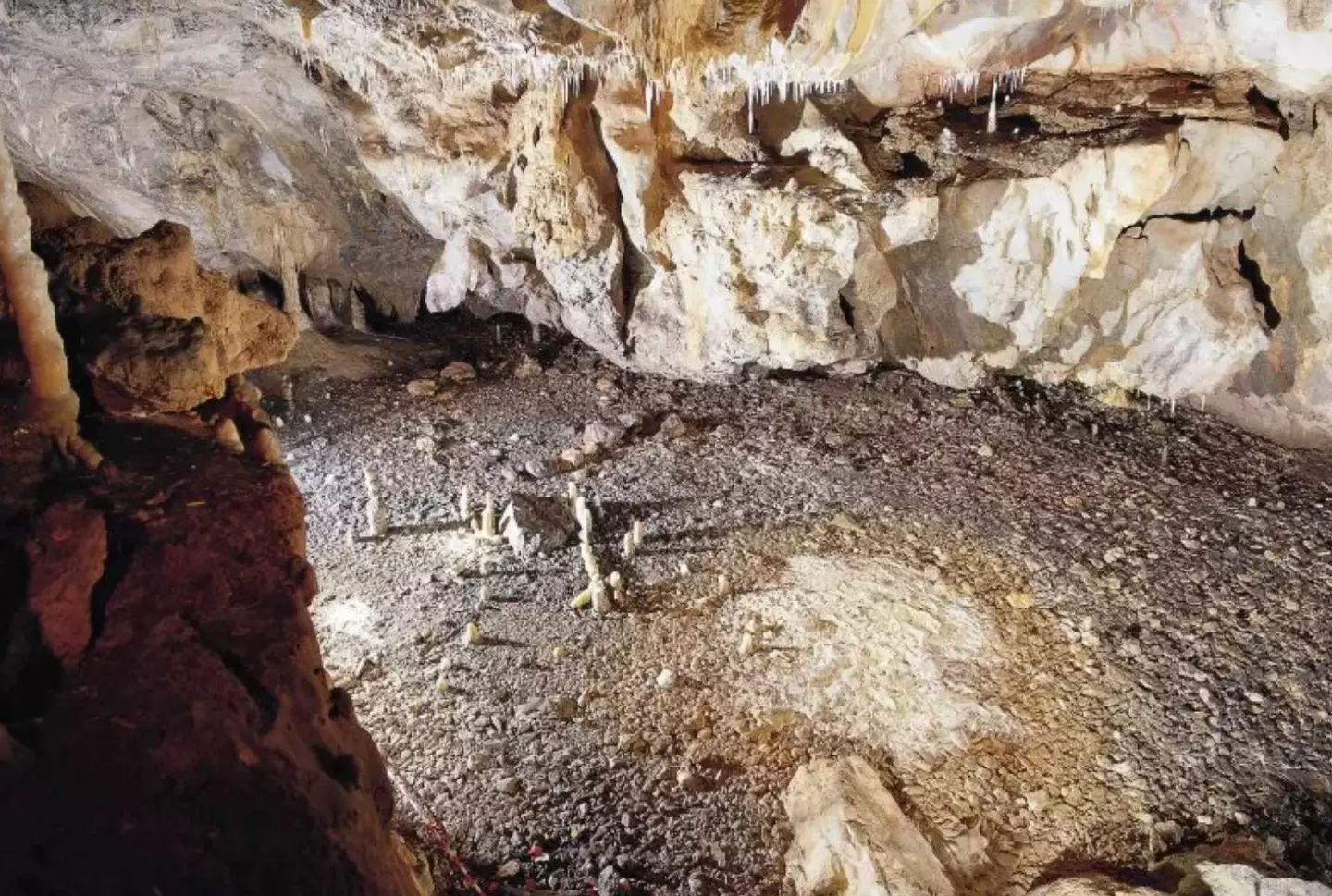
A long-sealed cave in northern Spain has been opened to reveal a Paleolithic dwelling left untouched for centuries.
Thanks to the ever-changing landscape of our planet, archaeologists often have to gather insight using whatever objects haven't been destroyed or lost below foundations as the world continues to develop.
Finding even the tiniest of tools can be exciting for such researchers, so it's no surprise that scientists have been blown away by an entire living space hidden away in the La Garma cave.
The dwelling was first discovered in 1995, but it wasn't until late November that the results of the research were presented at the National Archaeological Museum.
Advert
Inside, scientists found a home which is believed to have been built 16,800 years ago, making it 'one of the best preserved Paleolithic dwellings in the world'.
The Palaeolithic Age, also known as the Old Stone Age, extends from the earliest known use of stone tools, around 3.3 million years ago, to roughly 11,650 years ago.

Covering approximately five square meters, the home inside the cave featured a small bonfire in the center, as well as items the residents would have used in their day-to-day life, such as antler and bone instruments.
Advert
Over the course of their research, archeologists have documented 4,614 objects, including animal bones, flint, needles and a 'protoharpoon'.
Pablo Arias, a professor of prehistoric archaeology at the University of Cantabria who was involved in the discovery, told Newsweek: "Paleolithic dwelling structures are extremely rare, and they are even more exceptional inside a cave...
"This site provides a unique information on the organization of domestic space and the activities performed inside a living structure during the late Ice Age."
Artwork has also been uncovered inside, with researchers finding decorated bones and several pendants - but such objects aren't the only kind of artwork found in the cave.
Advert

La Garma is also home to a set of Paleolithic rock art, described by the University of Cantabria as 'one of the most complete stratigraphic sequences in Europe'.
The artwork is representative of the last 400,000 years of history, spanning from the Old Stone Age all the way up to the Magdalenian period, when the cave was deserted.
The reason the cave has been so well preserved for centuries is due to rockfall which blocked the entrance to the cave around 17,000 years ago, sealing everything inside.
Advert
Excavations and analysis are still ongoing at La Garma, though researchers are being careful to preserve the cave as best as possible for future generations.
To do this, the teams have adopted non-invasive research techniques.
Following its discovery, La Garma has been included in the UNESCO World Heritage List, with research funded by the Ministry of Culture, Tourism and Sports of the Government of Cantabria.
Topics: Science, World News